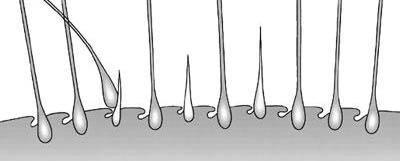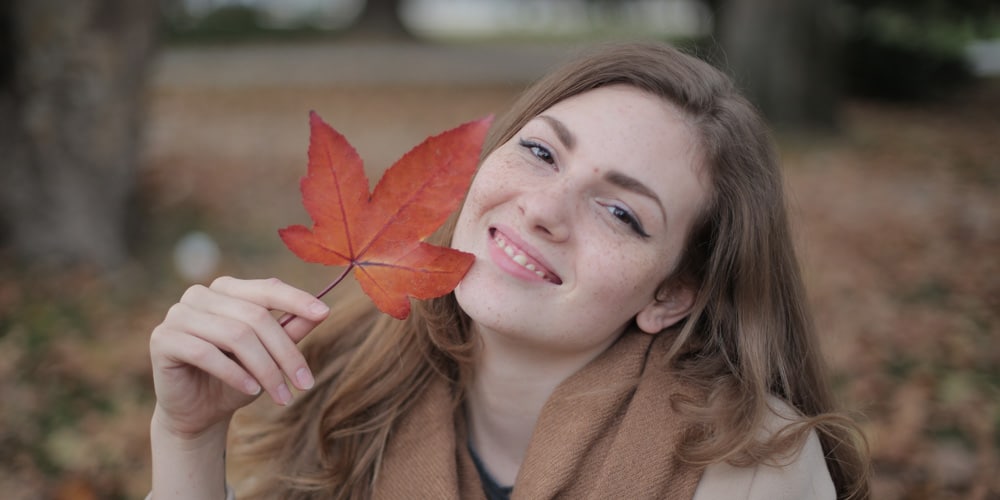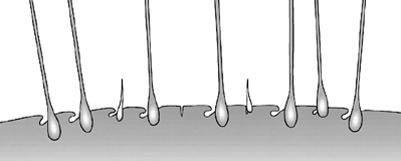Like dead leaves, they come back every year between the end of August and the end of November, those early-season hairlosses! They don't last more than 4 to 6 weeks, but that's enough to dampen our spirits as soon as the new school year starts. For many people, seasonal hair loss goes almost unnoticed. For others, it can lead to hair loss 3 to 4 times higher than during the rest of the year...
WHAT TRIGGERS AUTUMN HAIR LOSS?
In spring and summer, the sun's rays increase the secretion of hormones that regulate hair growth, provoking a reaction comparable to that of plants: faster growth during the warmer months and more abundant hair loss at the end of the life cycle.
An important element in diagnosing hair loss seasonal: duration. It should not last more than 4 weeks (6 weeks maximum). If the hair loss persists, another factor is at work: the cause should be investigated.
HOW TO REACT
Should you treat it or wait patiently for the storm to pass? It all depends on your scalp and how sensitive it is to androgenic hormones during the rest of the year.
If you don't lose your hair outside the start of the season, your current hair loss will probably be of no consequence. After a few weeks, everything will return to normal, gradually diminishing and then returning to normal. In this case, a course of hair vitamins is usually enough to speed up the regrowth process.
On the other hand, if you tend to lose your hair throughout the year (androgenetic hair loss), seasonal hair loss will exacerbate your chronic hair loss. This seasonal hair loss will not be without consequences, and we strongly recommend that you follow the following advice an anti-hair loss treatment that will rebalance the three vital functions of your hair. Some of your hair can grow back thinner or not at all if it doesn't get a serious helping hand from the outside. Year after year, the risk is that your hair will become thinner and harder to style.
WHAT IS AN ANTI-HAIR LOSS TREATMENT USED FOR?
An anti-hair loss treatment of any kind does not act on hair loss itself: hair that falls out at a given moment is telogen hair (dead hair), whose life cycle has ended and which has already been dead for several weeks. But the treatment does act on new growth, to make it as numerous, as strong (or even stronger) and, above all, as long-lasting as the previous hair. In a way, it's preparing for the next generation.
IF IN DOUBT...
It's not always easy to tell the difference between a one-off hair loss and a longer-lasting problem. If you're in any doubt, the Clauderer Hair Diagnostic with root analysis will tell you whether it's just a seasonal phenomenon with no consequences, or whether it's a more serious problem that could lead to progressive thinning of your hair year after year.
WHAT A SPECIALIST CAN SEE AFTER A SEASONAL FALL:

SEASONAL HAIR LOSS OF NO CONSEQUENCE
Here, all 10 hair follicles are occupied:
7 were adult hairs and 2 were new growth,
1 by a falling hair,
but with regrowth.
SEASONAL HAIR LOSS TO BE TREATED
Here, out of 10 hair follicles :
one is dormant and ready to disappear,
2 others are occupied
by regrowth that is too weak.


